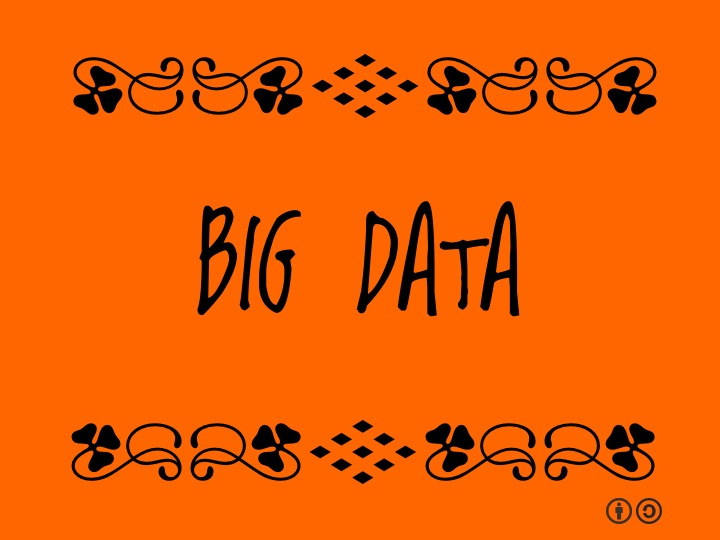“Big Data” has been a popular buzzword in business circles for the past several years, but when most people hear the term, if they know what it means at all, they picture tech-savvy analysts using highly specialized tools to handle unimaginably huge datasets to deliver arcane business intelligence.
Few think about the ways data is permeating all aspects of our lives, but increasingly, this is the new reality, and the trend is accelerating. Businesses that get out in front of the trend can gain a competitive advantage by serving customers better.
Today, it’s no longer just about Big Data and how it’s used by tech wizards to benefit big businesses – it’s about ever-present data that can be generated from almost any action and analyzed by just about anyone to yield insights that go far beyond traditional business use.
With the proliferation of smartphones and other mobile devices, people are increasingly connected all the time. Consumers use their devices as alarm clocks, exercise monitors, shopping carts, communication platforms, entertainment venues, travel guides, traffic update dashboards and thousands of other uses. Developers launch new applications every day.
What are the implications of this endless cataloguing and application of information? In the near future, it’s likely that physicians will plug into their patients’ device-generated health data (heart rate, exercise duration, blood sugar levels, etc.) to monitor their conditions. Dieters and the fitness conscious are already using smartphone apps to scan food product barcodes and track nutritional intake. It’s a short leap from that to an app that allows healthcare providers to deliver additional guidance to continuously improve wellness.
Other possible future applications may improve senior citizen housing with smart sensors. For example, sensors embedded in a home’s carpet could monitor seniors’ gait and movements to quickly detect patterns that indicate a problem, tapping into other data to ensure that senior citizens who are living alone can remain independent while staying safe. Such a system could alert caregivers if data patterns suggest an issue.
These are the types of everyday data uses that are on the horizon as people become increasingly connected and the “Internet of Things” – the vast network of interconnected devices and data streams – evolves. Consumers are already used to companies like Amazon using their past purchases to recommend new products, but new data generation and analysis capabilities are making more precise targeting possible – and integrating data from even more sources.
Soon, shopping and consumer behavior analysis will routinely drill down to deeper levels, taking into account consumer interactions online, via mobile phones, brick-and-mortar store visits, TV ad-driven contact and much more. Data will be correlated in real time to present consumers with more relevant offers and alert them to events that will resonate with them based on reasonable inferences from past actions.
Emerging technology will soon make it possible to deliver better customer service: New capabilities will include the ability to analyze a caller’s voice, assess their interaction history, evaluate social media behavior, influencers and demographics to route the call to the best call center agent for that customer. In a millisecond, the agent will receive a custom script and recommendations about offers and solutions for the specific caller.
Many of these new capabilities raise important privacy concerns, but to date, consumers have demonstrated their willingness to share information in exchange for services that they value. As data analytics move beyond traditional big-business intelligence gathering and analysis into everyday life, consumers will have to adjust their comfort level with information sharing, and businesses will have to change their strategies accordingly.
It’s no longer a question of IF these types of scenarios will become mainstream: It’s happening now, and emerging technology that takes deep analytics out of the hands of specialists and makes them a part of everyday business and consumer life will become a reality sooner rather than later. For businesses that are prepared to respond in a way that delivers value to customers, these new capabilities can provide an unstoppable competitive advantage.
This contributed article was written by Niraj Pant, Senior VP of Engineering, I.Predictus.
Image Credit: CC by Ron Mader





